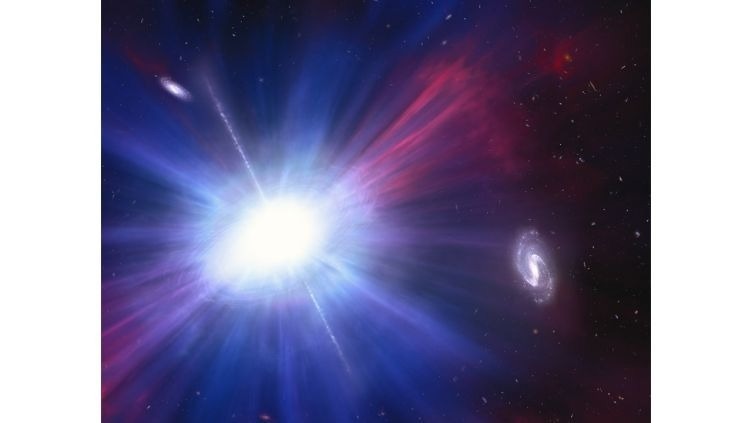Thanks to a camera developed and constructed at the University of Sheffield, astronomers have resolved the controversy around the nature of a unique kind of stellar explosion.

Image Credit: University of Sheffield
Researchers have detected luminous fast blue optical transients, or LFBOTs, which are clusters of brief, brilliant flashes that happen months after a stellar explosion.
The University of Sheffield’s high-speed optical camera ULTRASPEC, installed on the 2.4-meter Thai National Telescope, provided one of the most important datasets for the study, which was published in Nature. This demonstrated how the flares occurred repeatedly, each lasting only a few seconds but being just as bright as the initial explosion.
Astronomers have conjectured about what could cause these intense explosions, which are significantly brighter than the violent ends massive stars normally undergo as supernovae, since their discovery in 2018.
The research team thinks the previously unidentified flare activity they saw—especially its brief duration—confirms the LFBOT’s engine is a stellar corpse, such as a black hole or neutron star.
Our high-speed camera ULTRASPEC was instrumental in the discovery of this incredible new type of stellar explosion, showing that the object emitted multiple supernova-strength optical flares that repeated on timescales of less than a minute, and all of this happened months after the initial explosion. This is unprecedented behavior - most supernovae explode once and then steadily decline in brightness over the course of a few weeks until they disappear from view.
Vik Dhilon, ULTRACAM Project Lead and Professor, Department of Physics and Astronomy, University of Sheffield
Dhilon added, “The short timescale flares we observed imply that the engine driving the explosion is a small object - most likely a rapidly-spinning neutron star or an accreting black hole. This discovery teaches us more about the varied ways in which stars end their lives and the exotica that inhabit our Universe.”
Anna Y. Q. Ho, Assistant Professor of Astronomy in the College of Arts and Sciences at Cornell University, said: “This settles years of debate about what powers this type of explosion, and reveals an unusually direct method of studying the activity of stellar corpses. We had never seen anything like that before – something so fast, and the brightness as strong as the original explosion months later – in any supernova or LFBOT. We’d never seen that in astronomy.”
She further added, “Amazingly, instead of fading steadily as one would expect, the source briefly brightened again – and again, and again, LFBOTs are already a kind of weird, exotic event, so this was even weirder.”
Journal Reference
Ho, A. Y. Q., et al. (2023) Minutes-duration optical flares with supernova luminosities. Nature. doi:10.1038/s41586-023-06673-6.